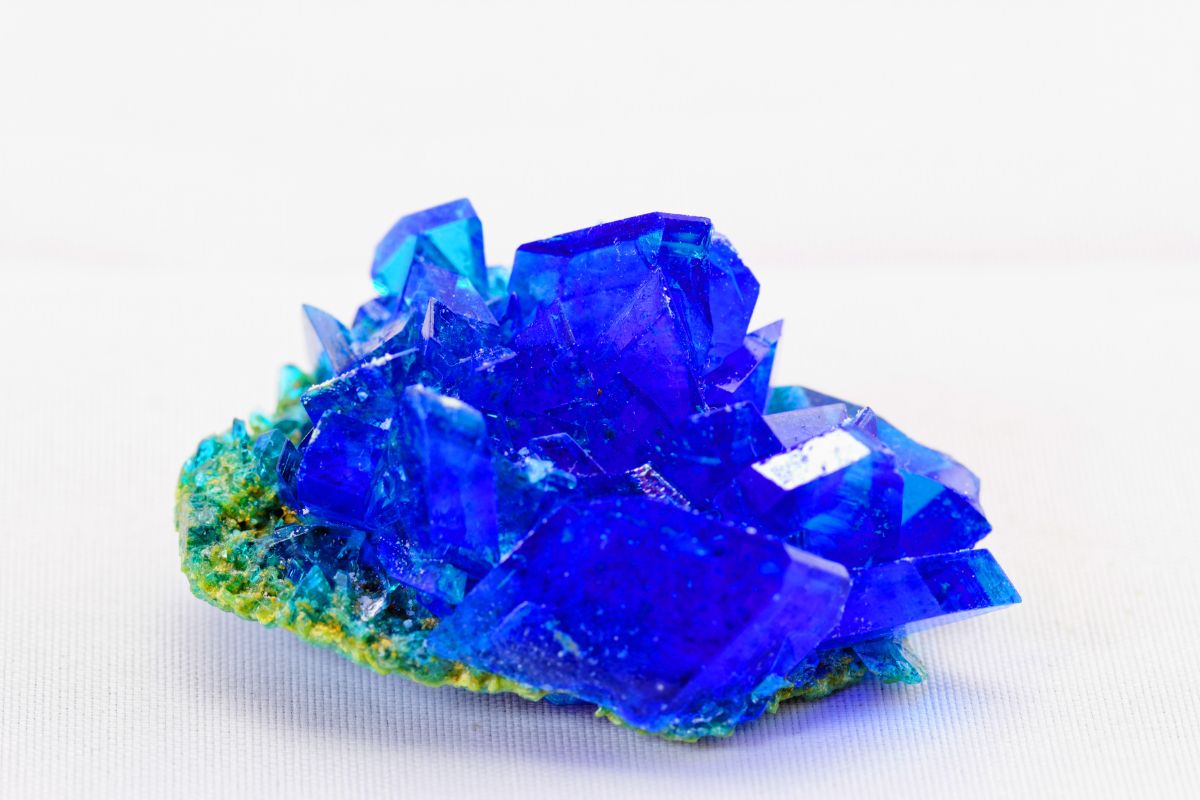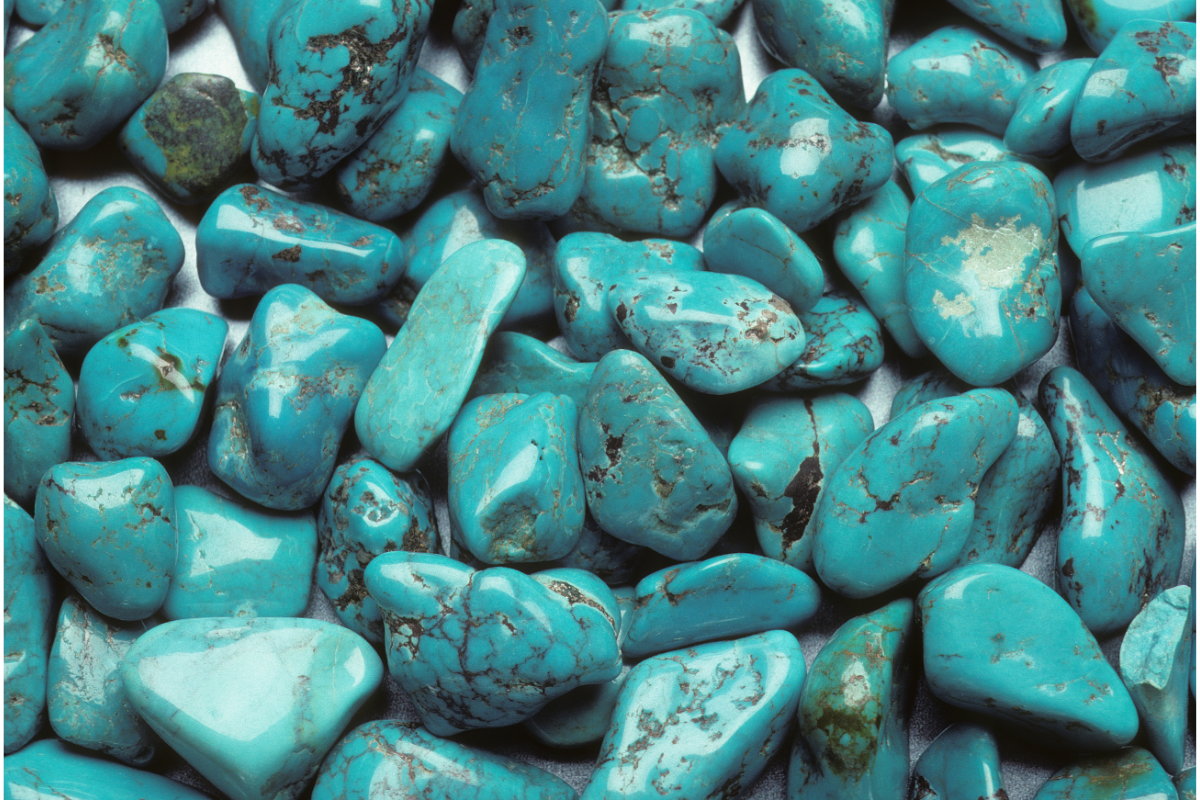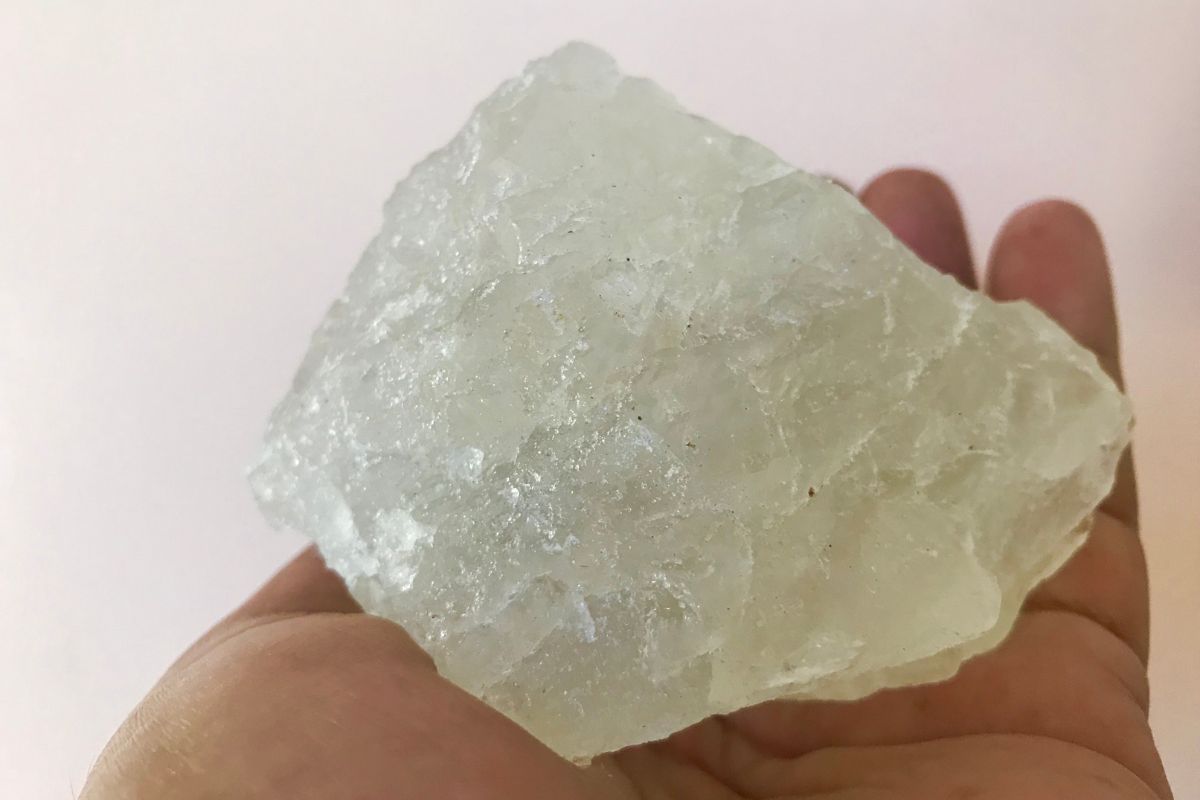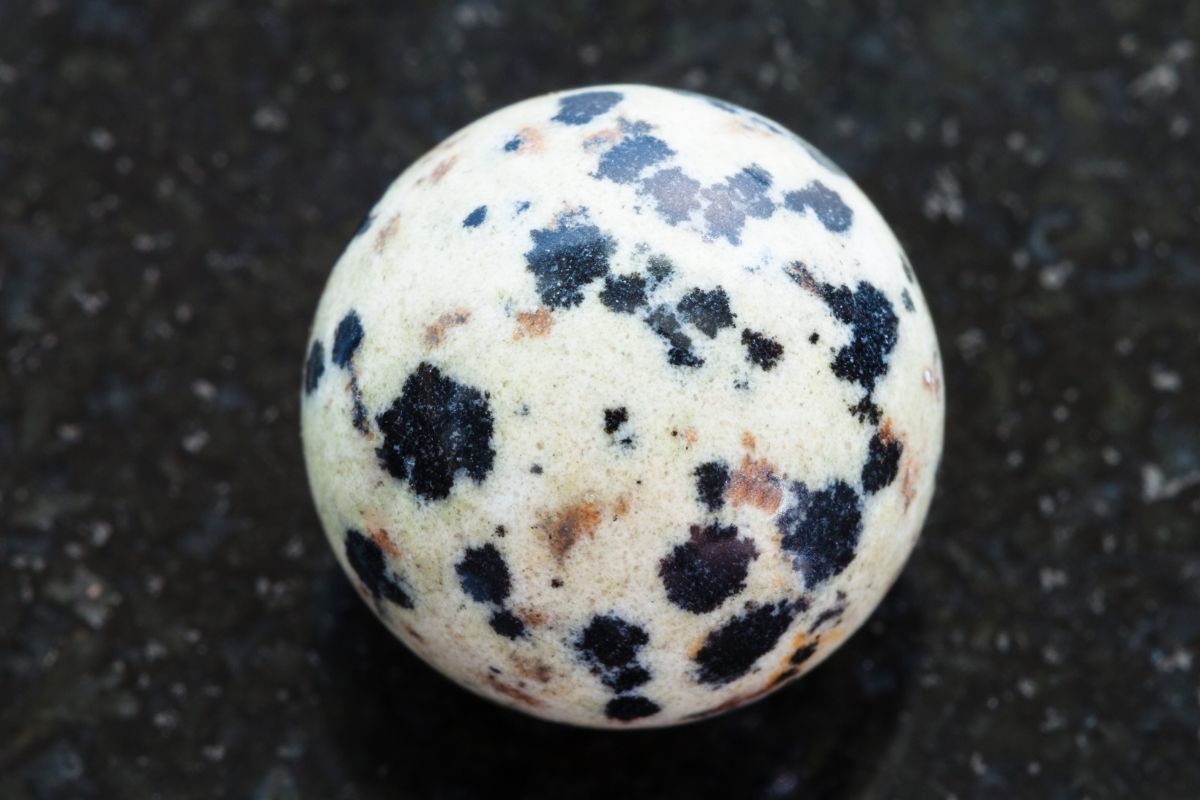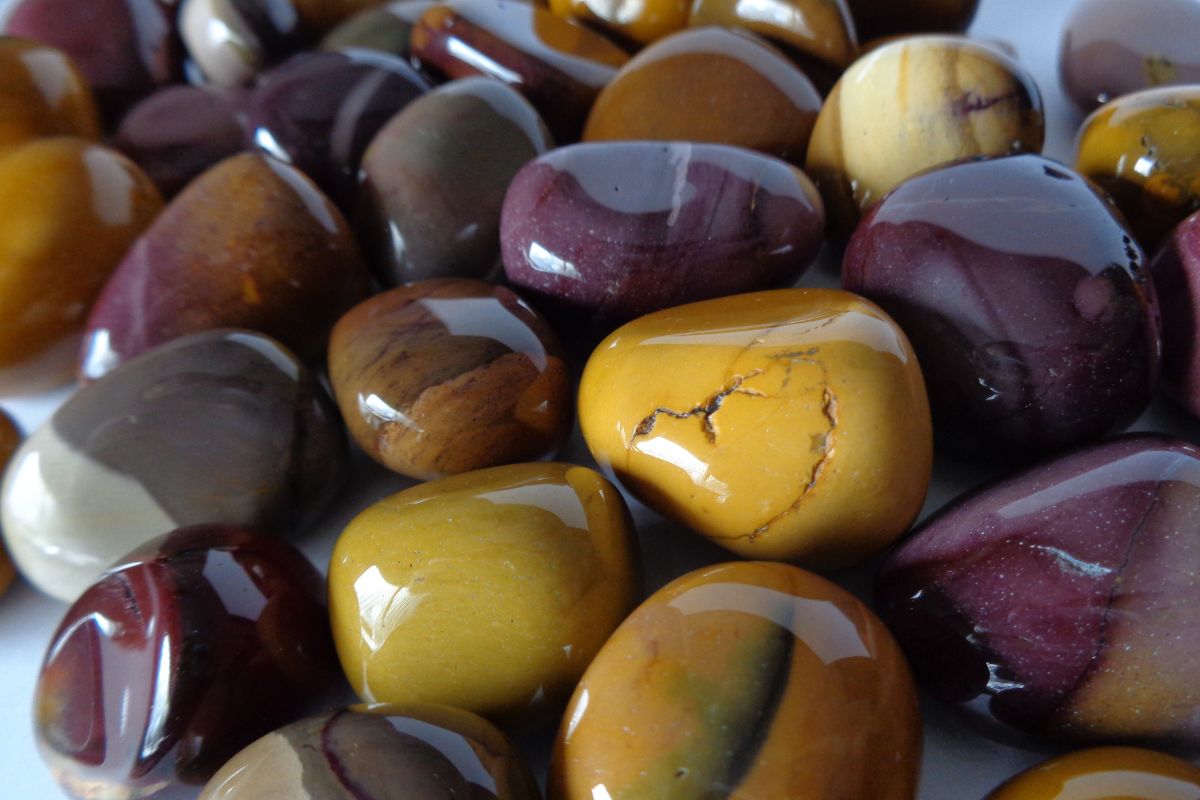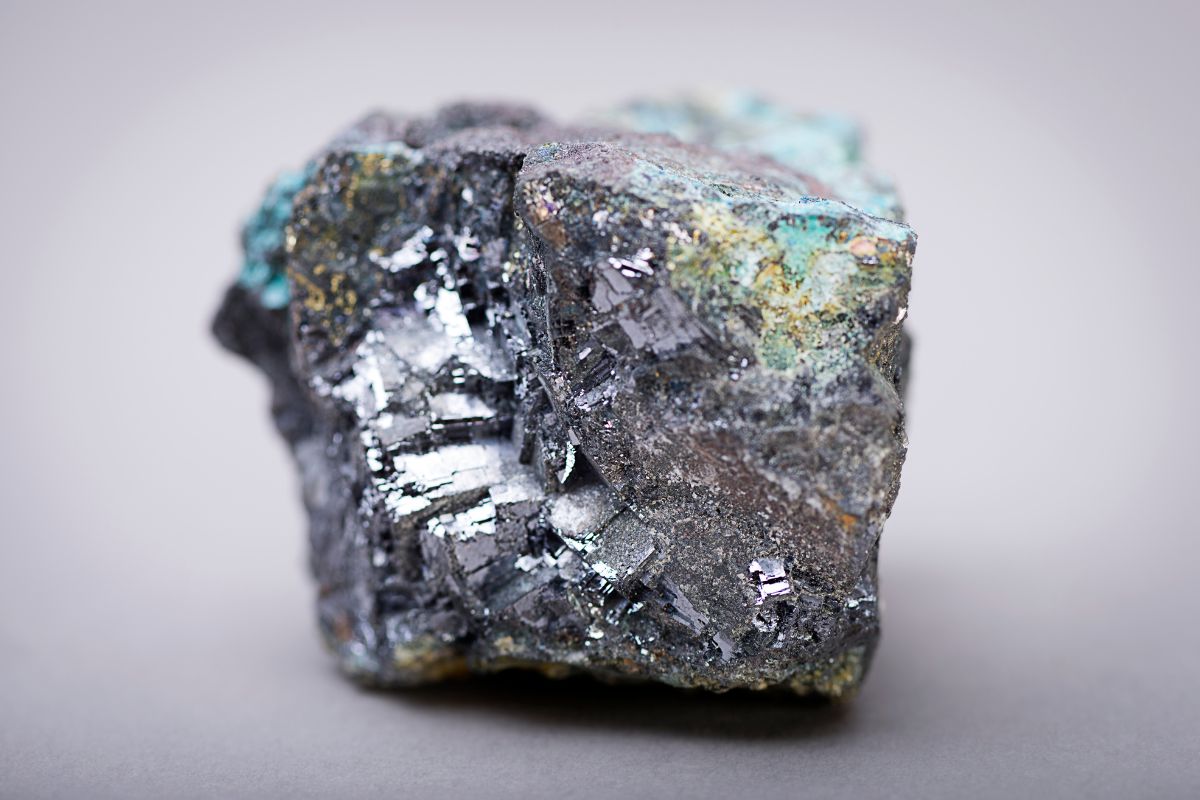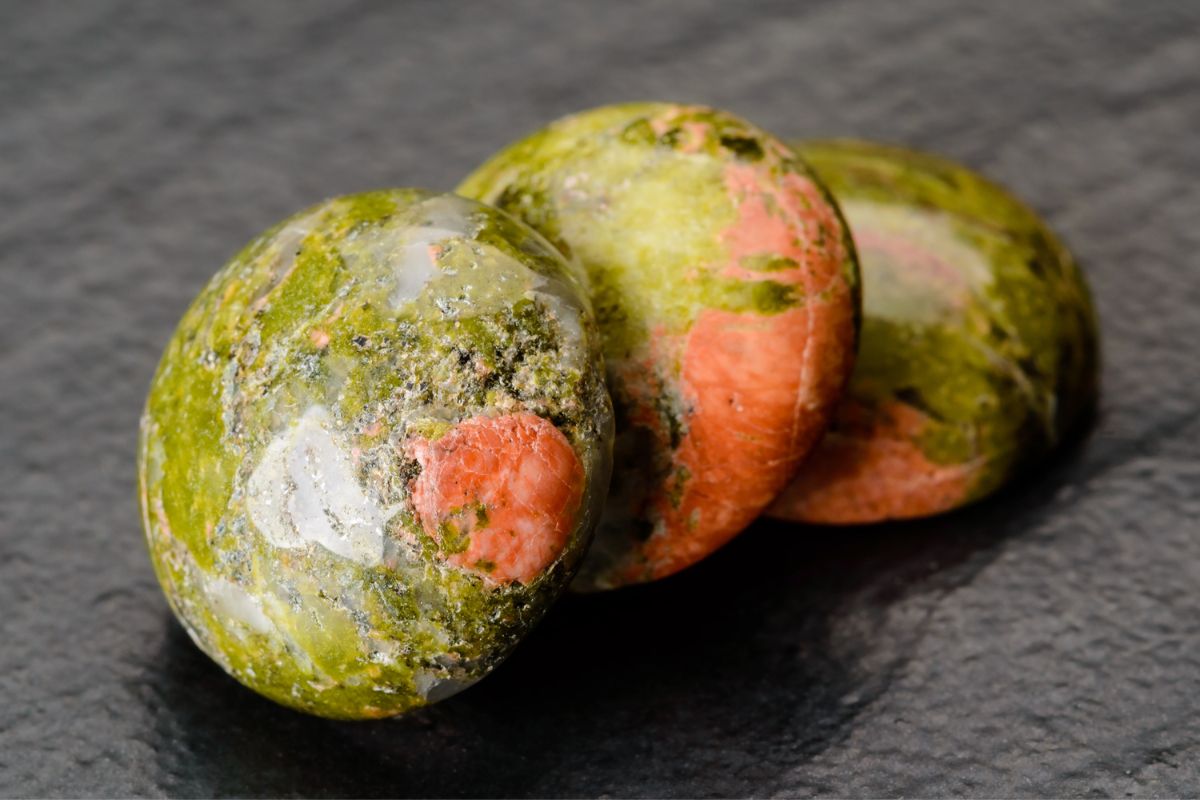It’s easy to overlook how dangerous our natural environment can be when the wrong crystal could cause harm or even death.
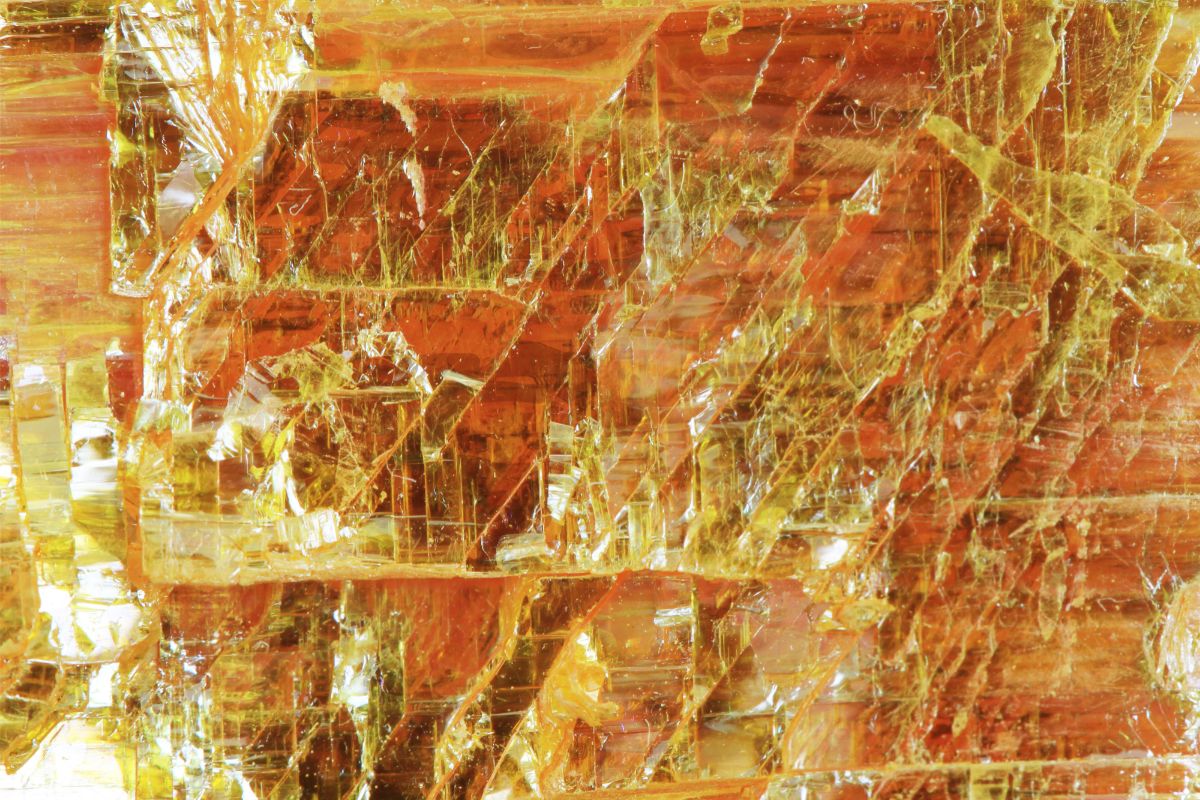
Toxic minerals are often linked to materials we use on a daily basis in electronics, computers, and cosmetics.
You can recognize lethal minerals in your environment if you have a keen eye and a grasp of the toxicity of the most dangerous ones.
This article will discuss 14 of the world’s most beautiful but dangerous crystals so you can have a better understanding of what you should avoid.
1. Arsenopyrite
The main resource for arsenic metal is arsenopyrite, which is also the most common arsenic-bearing material in the world.
In many regions, it is found in organic-rich sedimentary rocks, metamorphic rocks, and igneous rocks together with other sulfide minerals.
Arsenic, a poisonous metal, is present in arsenopyrite. Insecticides, herbicides, pesticides, and chemical weapons have all contained active chemicals that contain arsenic or arsenic compounds.
Arsenopyrite dust can be dangerous if inhaled, and burning arsenopyrite releases toxic gases.
2. Chalcanthite
When copper is oxidized, which typically happens after copper has been mined, chalcanthite is created.
Chalcanthite, despite having a wonderful appearance, is difficult to retain as a collection because over time, collected moisture will disintegrate it.
Chalcanthite is a highly toxic substance. It was once employed as a toxin to rid ponds of overgrown plant growth, but it is no longer used due to potential environmental harm.
Despite its toxicity, holistic healthcare professionals employ chalcanthite as an oral remedy to cleanse the body of impurities and mucus.
3. Chrysotile
Chrysotile, often known as white asbestos, causes progressive lung disorders that cause the lung tissue to harden when exposed to it over an extended period of time.
More than 60 countries have significant chrysotile asbestos deposits, including Russia, which has the largest chrysotile deposit in the world.
The mining of this dangerous asbestos variant has been outlawed in more than 50 nations.
Chrysotile is produced in greater quantities in Russian mines than in China, which also consumes the most of it. The mineral is still used to make gaskets, asphalt roof coatings, and car braking systems.
4. Cinnabar
Cinnabar is one of the most hazardous minerals because it combines the acid-forming risks of sulfur with toxic mercury.
The mineral oxidizes to form poisonous mercury compounds that disrupt a developing fetus’s and child’s nervous systems.
Cinnabar is an extremely insoluble substance with a vivid red or brownish-red color. It occurs as grains and crystals and typically forms close to hot springs and volcanic activity.
The decline in mercury demand globally in recent years has led to a decrease in extraction. The majority of cinnabar mines are now located in Algeria, China, Kyrgyzstan, and Spain.
5. Crocidolite
Blue asbestos, commonly known as crocidolite, can lead to deadly conditions such as lung and mesothelial cancer. This fibrous mineral quickly forms dust, which nearby people commonly inhale.
Mining for crocidolite asbestos was mostly done in South Africa, Bolivia, and Western Australia. Due to the significant health concerns for miners and consumers, production has subsequently been stopped.
Thousands of miners have had life-shortening asbestos exposure all around the world. Consequently, the material has completely removed communities from the map in Western Australia.
More than 2,000 people died as a result of crocidolite mining at Wittenoom, so the government forced the last people out and took the town off of maps to prevent travelers looking for “the most dangerous town in Australia.”
6. Erionite
Natural erionite is a fibrous mineral that is frequently found in volcanic ash. Erionite fibers can become airborne and act like asbestos flames when disturbed.
Since exposure to the mineral can result in malignancies including lung cancer and mesothelioma, several areas of Turkey have experienced ongoing difficulties because of this mineral.
Zeolites are a class of silicate minerals that include erionite, and deposits of this mineral have been found in at least 12 US states.
Even though erionite mining stopped in the late 1980s, other zeolites can still be produced and mined while exposure to the dangerous mineral still exists.
These minerals are still used in industry because of their capacity to selectively absorb chemical molecules from gases and liquids.
7. Fluorite
Fluorite contains fluorine, a relatively soluble and highly reactive element. Large veins of it can be found in copper, iron, coal, and other crystals and ores. It is used to make particular types of glasses, enamels, and lenses for scientific equipment.
Skeletal fluorosis, a severe bone condition that weakens bones, can result from exposure to this mineral. In China, more than 20 million people have fluorosis as a result of coal mining.
8. Galena
Galena ore, a lead sulfide mineral that is a dependable source of silver, is what most lead miners look for. The rock frequently crystallizes and is not easily soluble in water because of its comparatively poor porosity.
Galena contamination in the environment can impair neural system development in children and fetuses and lead to cardiovascular disease in adults.
Cerussite and anglesite are also two byproducts of the weathering of galena, so there is a higher risk of spreading more lead throughout the planet with continued mining.
9. Hydroxyapatite
When hydroxyapatite, often referred to as hydroxylapatite, accumulates inside heart valves and arteries, it can obstruct blood flow. The compounds in the stone, however, can be essential for the growth of bone and dental enamel.
The mineral can be used to make fertilizer because it is a member of the apatite group of phosphate minerals. In the US, North Africa, and Russia, mining corporations established apatite mines on a commercial scale.
The chemical and pharmaceutical sectors both use these substances in their products.
10. K-Feldspar
K-Feldspar, also known as potassium feldspar, is one of several minerals made of potassium and aluminum, such as orthoclase, microcline, and adularia.
Small amounts of radioactive uranium found in the mineral slowly transform into radon gas, a key contributor to lung cancer.
A significant source of lead emissions is K-feldspar. The material can be used to create scouring powders, artificial teeth, glass, and ceramic items. Some of the minerals’ variations can even be used to make jewels.
11. Orpiment
Orpiment is a soft mineral that can be yellow or orange. It is widely dispersed, often massive or powdery, but it can also be found in cleavable, columnar, or foliated masses.
This crystal, which is an arsenic sulfide mineral, is naturally present in fumaroles, hot springs, and hydrothermal vents.
Strangely, although this mineral is toxic, it was previously used medicinally in China, and it was also employed in alchemy to try to make gold.
If the arsenic is handled improperly, especially if it is allowed to oxidize, it can result in arsenic poisoning.
12. Phenacite
Beryllium is present in quite high concentrations in phenacite. Lung cancer and serious inflammatory lung disorders like berylliosis and chemical pneumonitis can be brought on by exposure to this.
Beryllium was traditionally utilized as a basic material by producers of ceramics, particular types of glass, and fluorescent tubes.
In the present, its applications are restricted to the production of metals and alloys for computer hardware, telecommunications equipment, windows for X-ray tubes, gyroscopes, missiles, and rockets.
Phenacite is extracted by miners in both its crystal and granite forms, where it was once utilized as a gemstone.
The mineral can be found in Madagascar, Myanmar, Norway, Zimbabwe, Colorado in the US, Minas Gerais in Brazil, and Yekaterinburg in Russia.
13. Pyrite
Pyrite, an iron and sulfur compound, can contaminate streams and groundwater when it enters the environment through mining tailings.
Arsenic, a deadly element, and other toxic metals and metalloids are released when pyrite is oxidized. For millions of people, including those in China’s Guizhou region, the mineral poses a serious health risk.
Pyrite contains sulfur, which, when combined with water, produces sulfuric acid. Formerly produced by chemical companies from pyrite ore, the valuable chemical is now a by-product of the production of natural gas and crude oil.
Because of this, pyrite’s commercial worth has drastically decreased, and miners now solely remove the mineral for specimens.
14. Quartz
Quartz is the naturally occurring form of silicon dioxide, which is the second most common mineral in the continental crust of the Earth.
Exposure to a fine particulate of this type causes silicosis, lung cancer, kidney illness, and immunological issues.
Quartz can be found in a variety of forms, such as tripoli, crystal, stones, and silica sands. It has industrial uses in the manufacture of electronics and optical products, as well as hydraulic fracturing for the petroleum sector.
While natural quartz crystals are used as jewels, the majority of commercial quartz is cultivated from the seed crystal known as lascaux.
Final Thoughts
Our planet contains an abundance of beautiful, naturally occurring crystals and minerals; however, although many are stunning, some are extremely dangerous. If you ever come across these crystals, be sure to exercise caution and avoid them if you can.
- 15 Crystals That Cannot Be Exposed To The Sun - January 7, 2024
- Malachite Vs Fuchsite – Benefits And Uses - January 7, 2024
- Malachite Vs. Green Jasper: Benefits And Uses - January 7, 2024


